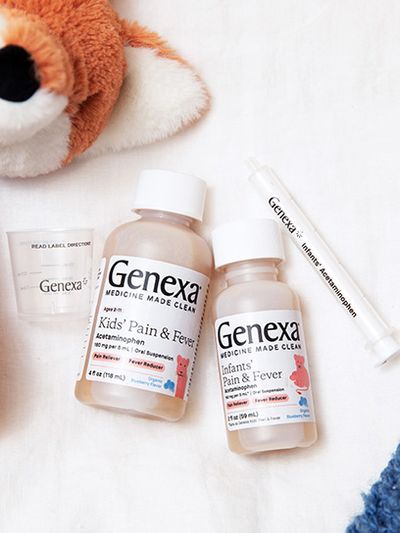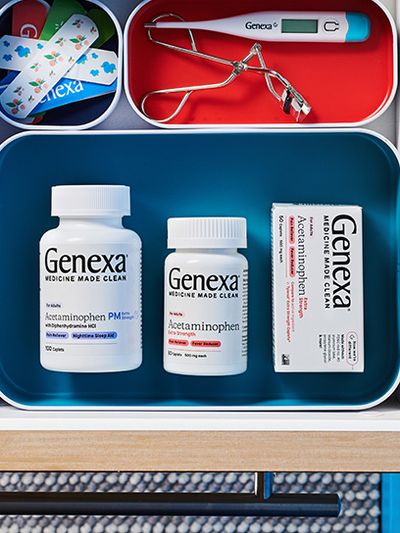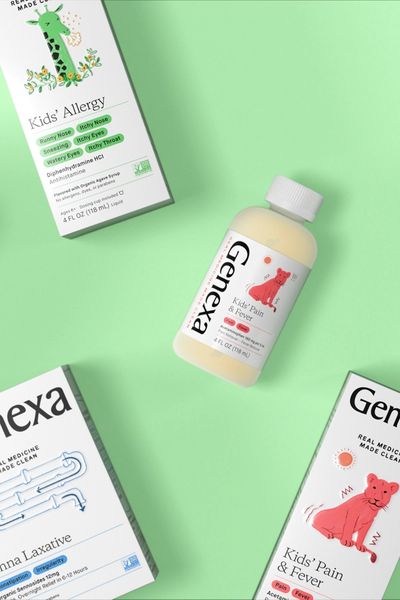Baby Poop Colors: What Do They Mean?
Understanding The Color Of Your Baby's Poop
Table of contents:
If you’re new to parenting, you might think that poop is poop. After all, as adults, the texture and color of our stool is fairly consistent. However, baby poop is much different than adult poop, and the color and texture of your baby’s poop can yield a lot of important information about their health and diet. It’s important for any parent or any individual caring for a baby to be knowledgeable about the nine types of baby poop colors and what each means.
What are the most common colors of baby poop?
There are nine colors that are commonly seen in baby poop, each of which indicates something different about your baby’s diet and any possible health issues they may be experiencing. The good news is that while your baby’s poop color can vary widely, particularly during their first year of life, there are many normal poop colors and a change in the color does not necessarily indicate a problem. There are significant differences between adult poop and baby poop, so it’s important to understand what is normal for a baby.
Why Is My Baby’s Poop Black
Black stool is common among newborns, and your baby’s first poop is likely to be black and look like tar. Black stool in newborns is referred to as meconium and contains leftover amniotic fluid, mucus, and skin cells.
Your baby may have black stool for the first several days of their life, but eventually the poop will change color based on their diet. Black poop should be considered normal in the first few days of your baby’s life, but it may not be normal later in infancy, so contact your child’s pediatrician if it comes back.
Why Is My Baby’s Poop Bright Yellow
Babies who are breastfed and formula-fed may have bright yellow poop depending on the mother’s diet or the makeup of the formula — bright yellow poop in breastfed babies is typically caused by foods that the mother has eaten.
While yellow poop is generally normal, frequent or very runny bright yellow poop could indicate diarrhea. If you suspect your baby is experiencing diarrhea, contact your pediatrician so they can offer advice on how to prevent dehydration in your child.
Why Is My Baby’s Poop Green
Dark green baby poop usually occurs after your baby starts to eat solid foods that are green, such as peas or spinach. If your baby needs to take iron due to an iron deficiency, their poop may also turn dark green as a result of iron supplementation. However, dark green poop is considered normal.
Why Is My Baby’s Poop Gray
Gray poop is not usually considered normal in your baby. Rather than reflecting their diet, gray poop could indicate that your baby is not digesting food properly. It could also indicate a liver problem.
If you notice that your baby has gray or chalky poop, contact your child’s pediatrician.
Why Is My Baby’s Poop Greenish Tan
Greenish tan poop is most commonly seen in babies who are formula-fed. Formula-fed babies can have poop that ranges from greenish-tan to yellow, but many of these babies have poop that appears as a combination of both colors.
Why Is My Baby’s Poop Mustard Yellow
Mustard yellow baby poop is common in breastfed babies and is considered normal. Many babies also experience mustard yellow poop after they pass the meconium, or black stool, that babies experience after birth.
Why Is My Baby’s Poop Orange
Orange poop can occur in babies regardless of their diet, and this color is considered normal. Both breastfed babies and formula-fed babies can experience orange poop as a result of certain pigments that are found in the digestive tract. Orange poop may also be seen as various foods are added to the baby’s diet.
Why Is My Baby’s Poop Red
There are several reasons why your baby could have red poop, some of which are normal and others of which are not.
It is common and normal for babies to experience red poop after eating or drinking dark red foods or drinks, such as beets and colored juices, like tomato juice. If your child has recently consumed food or drinks that are red, it is generally okay to wait to see if their next poop returns to normal before contacting a pediatrician.
If your child has not recently consumed food or drinks that are red, they may experience red poop as a result of blood in the stool. This can occur as a result of an intestinal infection, anal fissures, or other causes. Children can also experience red poop as a result of a milk allergy. If you notice red stool and your baby has not recently eaten anything red, contact your pediatrician.
Why Is My Baby’s Poop White
Like gray stool, white stool is never considered normal.
White poop in your baby indicates a digestive issue and is often a sign that your baby is not producing enough bile, which is needed to digest food. No matter how old your baby is, white poop means that you should contact your child’s pediatrician right away, as treatment is required.
What are the most common baby poop textures?
The color of your baby’s poop can reveal a lot of important information, but so can the consistency of the stool. Often, color alone will not provide you with all of the information you need to know what is going on with your baby’s digestion, so it’s important to consider the texture in combination with the color.
Breastfed Consistency
Breastfed babies typically have looser, more runny stools than babies who eat formula. The stool may contain a substance that looks like seeds. While looser poop is expected, extremely thin or runny poop could indicate diarrhea, which can lead to dehydration.
Constipation Consistency
If your baby has very hard stool, including stool that appears in their diaper as small, hard pebbles, they may be experiencing constipation.
In general, baby poop is on the softer and looser side, particularly when they are not yet eating solid foods. Speak to your child’s pediatrician if you notice hard stool that could indicate signs of constipation.
Diarrhea
Because babies have naturally softer and looser stools, particularly before they start eating solid foods, diarrhea can be difficult to recognize.
If your baby has loose, watery poop, and passes stool more often than once per feeding, they may have diarrhea. While the color of their stool may not change, the texture can, and runny poop or poop that is more watery than normal is a sign of diarrhea.
Formula-Fed Consistency
Despite the fact that both formula-fed babies and breastfed babies consume a liquid diet, formula-fed babies are more likely to have firmer poop than breastfed babies.
Formula-fed babies also typically have stool that is tan or brown in color and may also include streaks of yellow, green, or orange depending on the child’s diet. Like breastfed babies, formula-fed babies can also experience constipation, so look out for stool that is hard or difficult to pass.
Frothy or Mucus-filled Consistency
There are several reasons why your baby’s poop could appear frothy or be filled with mucus.
First, many babies commonly experience frothy or mucus-filled poop when they are teething, as they tend to swallow the extra saliva they produce while drooling. If you see frothy or mucus-filled stools in a teething baby, it’s likely normal.
Babies also typically have lots of mucus in their stool in the first few days of life while passing the meconium.
However, if you notice that your baby has frothy or mucus-filled stool and they are not teething or drooling excessively, they may have a bacterial infection in their intestines. Contact a pediatrician if your baby is more than a few days old, is not teething or drooling excessively, and has persistent mucus or frothy texture in their poop.
Newborn Consistency
Immediately after birth and for a few days afterwards, your baby will have thick, tar-like poop. This tar-like texture occurs while the baby is passing meconium and typically becomes looser and changes color within a few days. If your baby’s poop does not get looser within a few days of birth, contact your pediatrician, as the child may not be receiving enough milk or formula.
Consistency With Solid Foods
Once your baby starts eating solids, their poop will typically begin to look a lot more like adult stool. Solid foods will cause your baby’s poop to start to bulk up and become firmer.
Summary
The nine colors commonly seen in baby poop are black, bright yellow, dark green, gray, greenish tan, mustard yellow, orange, red, and white.
Each of the colors means something different about your baby’s diet and health, but it’s also important to pay attention to the texture of your child’s stool. Evaluating both the texture and color will yield important information about your baby’s health.






